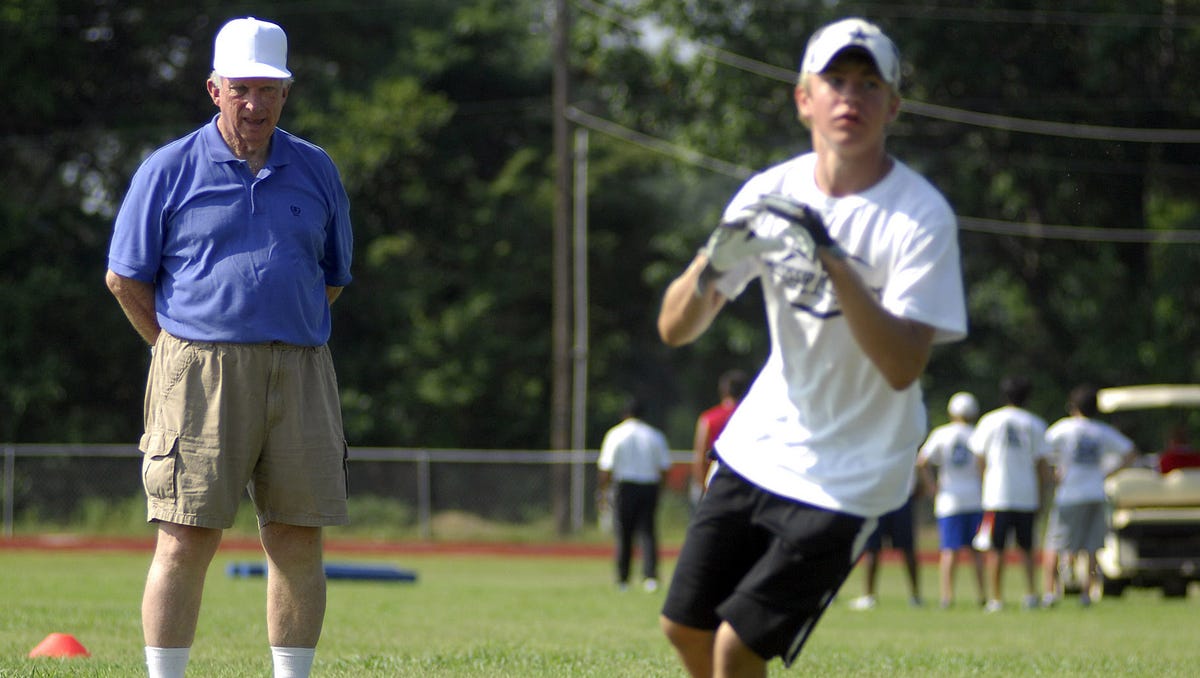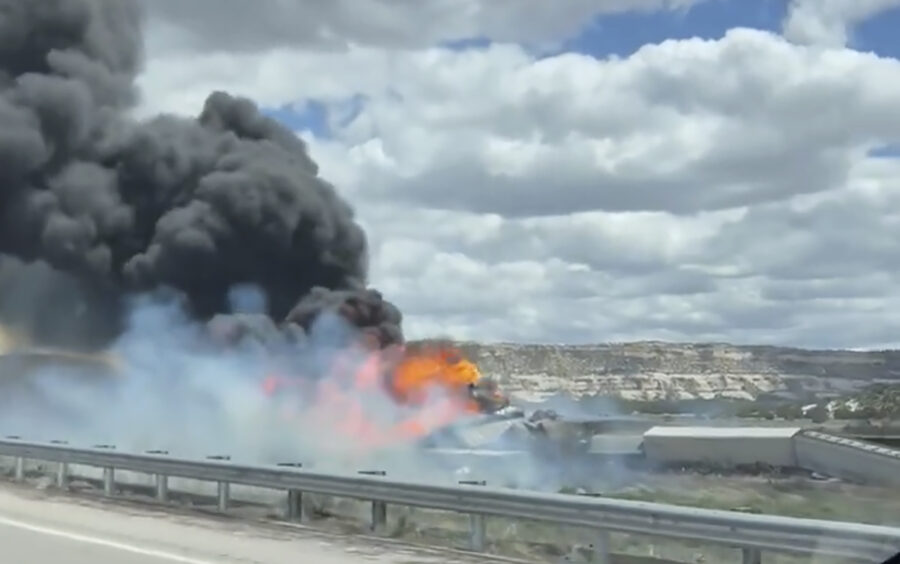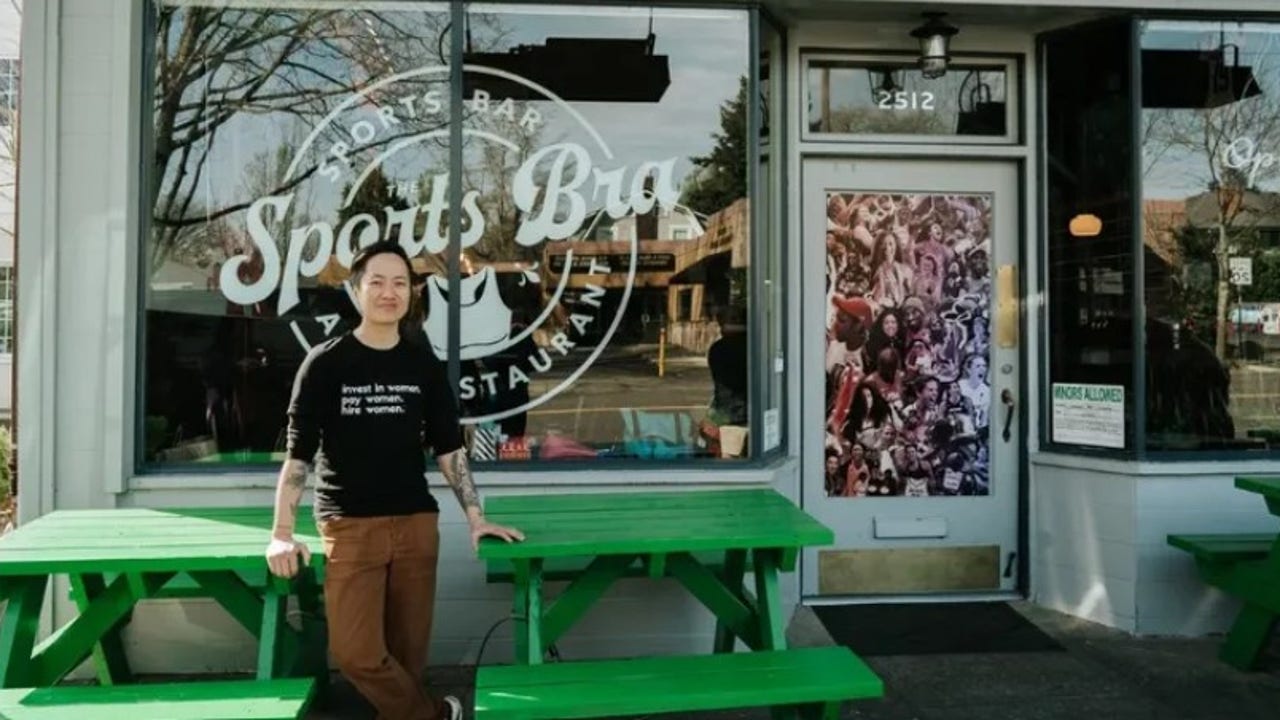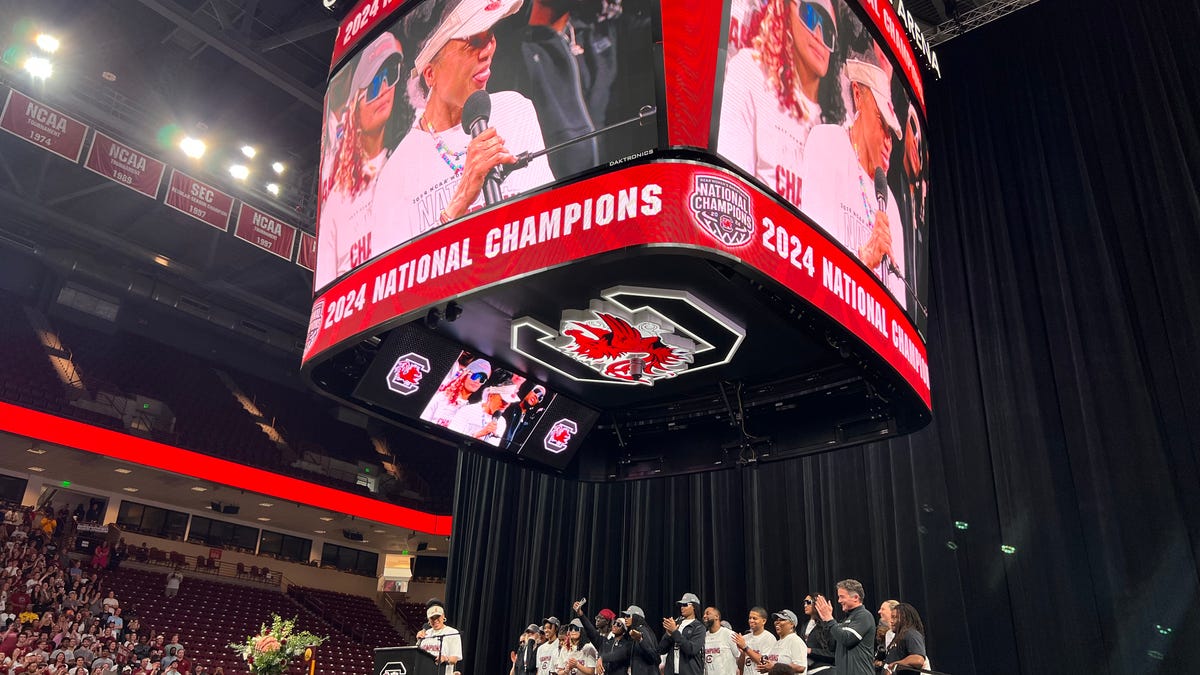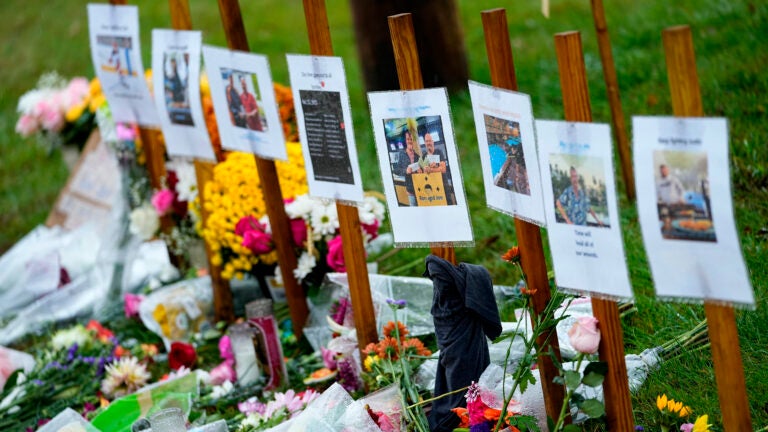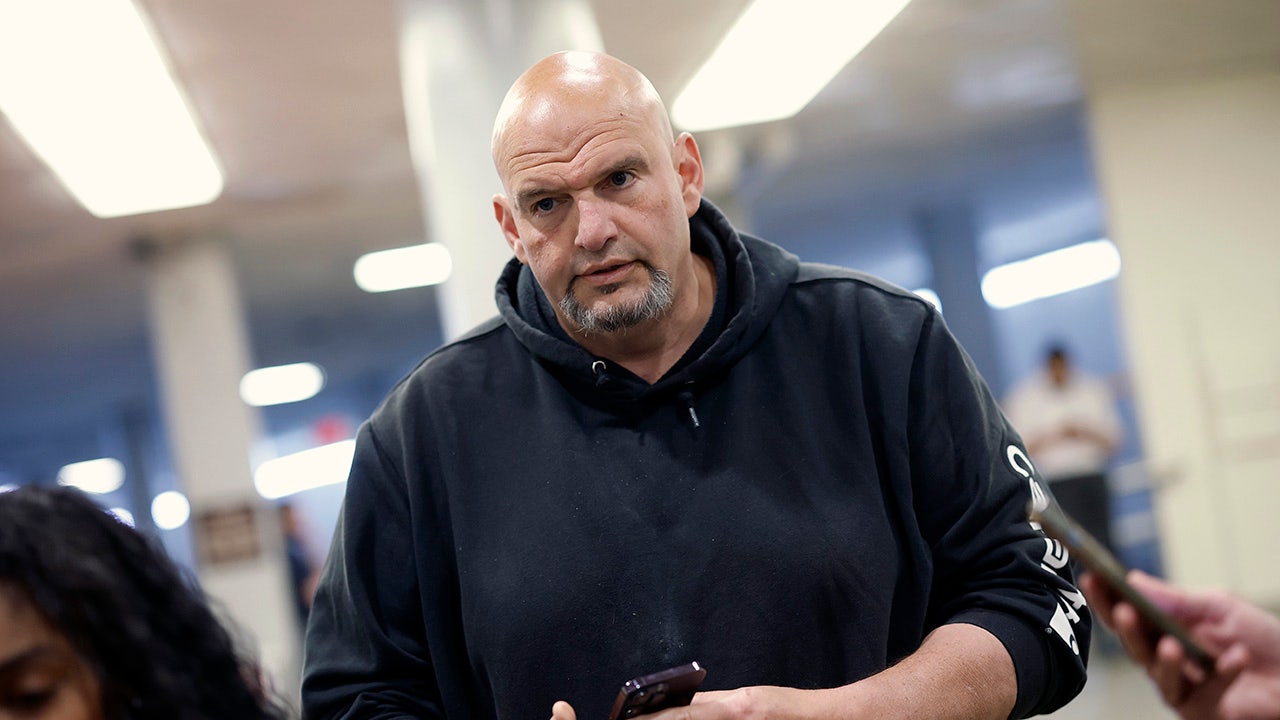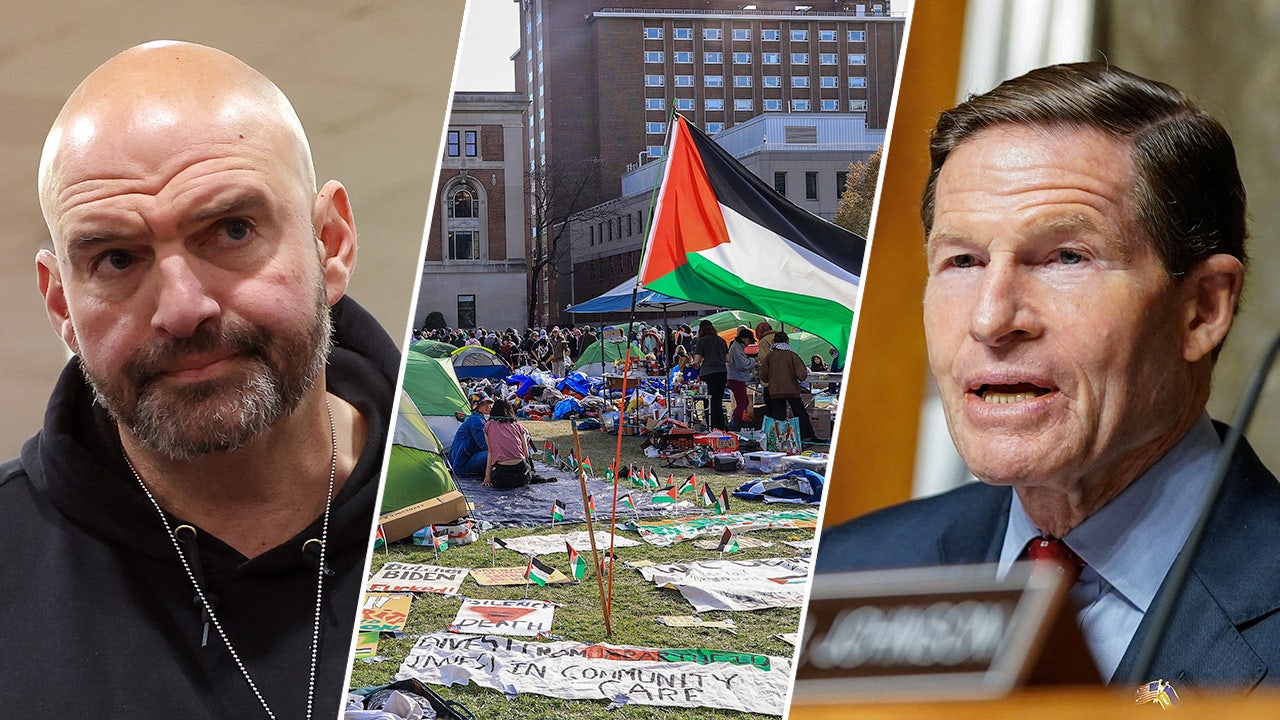Denver, CO
Larry Zimmer dies: Colorado broadcasting legend, longtime voice of the Broncos was 88

Colorado Sports Hall of Famer and longtime Denver Broncos broadcaster Larry Zimmer died Saturday at the age of 88.
Zimmer had been hospitalized for the week-plus preceding his death, according to a news release from the University of Colorado.
Zimmer’s broadcasting career spanned seven decades. He called Broncos games over the course of 26 years for KOA, first as a color commentator and then as the play-by-play man from 1990 to ’96. He worked 536 Broncos games all told, including four Super Bowls. According to CU, he was involved in broadcasting 50 college football seasons, including 486 CU football games and 525 men’s basketball games.
As news of his death circulated, tributes poured in from across the state.
Current voice of the Broncos Dave Logan told The Post on Sunday he may never have applied for the opening at KOA had Zimmer, handling play-by-play at the time, not called and encouraged him to.
It was part of a decades-long relationship between Logan and Zimmer. Logan, like so many Coloradans, grew up listening to Zimmer on the radio. Then he played at CU and got to know Zimmer before eventually working with him on Broncos broadcasts in the 1990s.
“He was just an excellent broadcaster and even a better person,” said Logan, who visited Zimmer last week and added, “he was sharp as a tack right to the end. He had not lost any of his cognitive abilities. We were talking about games that we did back in the early 1990s and his memory was absolutely fantastic. Just a wonderful person and sad that this day finally arrived.”
Zimmer graduated from the University of Missouri in 1957 and then served two years of active duty in the United States Army.
Zimmer began his work in broadcasting calling high school and Mizzou games before moving to Michigan in the mid-60s and then eventually to Denver to begin working at KOA in 1971.
From there, he cemented himself as a central part of the state’s sports fabric over decades of work.
“There are so many people, myself included, who grew really familiar with Larry’s voice,” Logan said. “It can jog a memory. It’s like hearing your favorite song. You hear that song and it takes you to a certain moment of your life. Play-by-play voices on radio can have a similar effect on people. I distinctly remember listening to Larry and Bob (Martin) driving home from the AFC Championship game at Mile High when the Broncos beat the Raiders and were going to their first Super Bowl. When I would hear those two, it just brings up just great memories.
“Then having a chance to work with him was just really special to me.”
KOA Broncos sideline reporter Susie Wargin said she’d spent part of Sunday corresponding with several other women in the broadcasting industry and marveling at the impact Zimmer had on their respective careers, whether because he hired them at KOA or simply through is support.
“He just championed women in our industry, especially local women, and it was so cool,” Wargin told The Post. “Here’s this iconic guy that is always super supportive. His wife, Brigette, would always give her support, too, and say, ‘Susie, you do a great job at this and at this.’ They just couldn’t have been more positive at all times in anything we were trying to do. That’s just so special.
“When he said things to you, it was genuine. If Larry’s saying it, there’s validity to it.”
Zimmer was inducted into the Colorado Sports Hall of Fame in 2010 and the CU Athletics Hall of Fame in 2012, in addition to the Broadcast Professionals of Colorado Hall of Fame in 2009. Zimmer also served on the Broncos’ Ring of Fame committee for more than 30 years.
“A CU institution,” Buffaloes athletic director Rick George said in a statement. “His voice was synonymous with our athletic program and he was most beloved by our coaches, players and fans. Whether it was calling games on KOA or serving as a master of ceremonies for many of our functions, Larry Zimmer was CU.
“He is truly a part of our overall athletic history. We will miss him Zimm and our thoughts and prayers are with his family.”
Zimmer is survived by his wife of 51 years, Brigitte, son Lawrence III (Linda), daughter Tracey Robb (J.C.) and granddaughter Shannon Robb.
Want more Broncos news? Sign up for the Broncos Insider to get all our NFL analysis.

Denver, CO
Guatemala becoming tourism hot spot for young travelers

Adventurous travelers seeking beauty and budget thrills should look no further than Guatemala: a friendly country that remains largely unexplored by many Americans, but can be reached in as little as six hours from Denver.
A question I fielded several times before my late February trip: Why Guatemala?
My partner and I have made a habit of planning at least one international trip each year. Actually, I’ll shoulder most of the blame — nothing scratches my travel itch like a new passport stamp. But because we’re early-career professionals, with limited stockpiles of paid time off and inevitable bills, a month-long vacation to Southeast Asia or Eastern Europe is out of the question (for now).
Last summer, I found myself in a rabbit hole of research: Panama, Aruba, Curaçao. Slowly, the pieces fell together for Guatemala.
Compared to my other potential destinations, Denver International Airport offers inexpensive connecting flights to Guatemala City that take a minimum of around six hours of travel time. I started to hear about this friend or that roommate who had visited — or even temporarily moved to — the Central American country over the past few years and couldn’t get enough of it.
Social media platform TikTok features videos of jet-setters of every creed successfully journeying through the tourist destinations of Antigua and Lake Atitlán, offering tips on how to navigate the nation. By August, our accommodations were booked.
Both sets of our parents initially balked at the idea. My dad had previously flown to Guatemala City on business, and was confined within the limits of Central America’s largest metropolis. Like others in the baby boomer and Generation X demographics, much of what they’d grown up hearing about the country was related to its conditions during the Guatemalan Civil War, which lasted 36 years.
However, over the past decade, the nation’s tourism industry has consistently grown — minus a setback during the COVID-19 pandemic, according to data-gathering platform Statista. And I was hearing piqued interest from millennials and zoomers about making the trip south. At the Cherry Creek Shopping Center days before my trip, a clerk peppered me with questions about my itinerary as she considered doing the same.
After my editors gave me the green light to briefly chase a story on the ground, the trip became both work and play — four days off, two days on. I took the necessary precautions learned on my last reporting trip to Peru in the pre-COVID era: monitor travel advisories with the U.S. State Department, submit my itinerary to the agency’s Smart Traveler Enrollment Program and set an appointment with a travel clinic to get relevant vaccines.
With interviews set and bags packed, we hopped on our 6 a.m. American Airlines flight, then stopped briefly at the Dallas Fort Worth International Airport, before touching down in the early afternoon at La Aurora International Airport in Guatemala City. On the flight, our seat neighbor — a Guatemalan who planned to visit her family for a long weekend before heading back to the U.S. — excitedly shared her recommendations, then led us through the winding halls of the airport to customs and immigration.
Guatemala’s cash economy
After a quick and easy process, we were set to embark into a new country — and learned lessons pretty quickly. We brought cash because Guatemala is a cash-reliant economy, particularly outside of its capital city. The airport provides several opportunities to exchange dollars for quetzales, with $1 worth about 8 quetzales, as of mid-April. It’s best to fork over the added exchange fee there and avoid the inconvenience of hunting for a bank like we did later.
More than three million people reside in the city’s urban area, which is made up of 21 zones — some of which tourists are advised against visiting. We stayed one night in Zone 4, which a travel blog calls “the upcoming hipster area.” Zones 9 and 10 come highly recommended, too. We felt safe and relaxed in the neighborhood around our Airbnb — a unit in a modern apartment complex, with its own private patio.
Our plans for that first day were ambitious: see the National Palace of Culture, stop by the city’s market and eat dinner at steakhouse Hacienda Real Zona 10. Instead, we took in the sunset views on the rooftop of restaurant Los Tres Tiempos in the city’s historical district, cocktails and croquetas de pache — mozzarella croquettes made of Guatemalan potato dough — in hand, before turning in. But if you’re short on time or not a big city person, then you can skip visiting the capital like most tourists do.
Disclaimer: I’m not sure what it would be like to travel through Guatemala without a Spanish speaker by my side. Spanish and even some Mayan dialects take precedence over English throughout the country. Because that’s my partner’s first language, I didn’t have to put my rudimentary skills to the test. However, I encountered plenty of Europeans and North Americans who managed to make it from Point A to Point B.

Antigua
The next morning started with the one-hour drive west to the colonial city of Antigua. Visitors have several options for transportation. Uber is available, and we used it for a short ride in Guatemala City, but I’d read enough mixed reviews for me to largely opt against it. The bravest — and stingiest — of travelers sometimes ride the chicken buses: decorated buses that serve as public transportation. However, I’d also seen a litany of online grievances, as the buses can often run unreliably and feel crowded, with the risk of pickpockets.
Instead, we used private cars and shared shuttle services to travel from town to town, which are affordable by American standards. Viator Travel served as a trusty resource for finding highly-reviewed drivers, who often arrived early and provided a smooth ride.
Our two nights in Antigua left us wishing for more time. There, activities abound — sightseeing at the famous Santa Catalina Arch and Central Park, bartering at the massive Mercado Central and eating so many piping-hot tortillas. My go-to breakfast for days in a row: plantains, refried beans, farmer’s cheese and eggs soaked in salsa, scooped into tortillas and washed down with that famous Guatemalan coffee.

Antigua is the place to buy souvenirs. I scored a Mayan cookbook, plus trinkets for my family like handmade worry dolls: tiny dolls that you tuck under your pillow to whisk away your stresses as you dream. It’s also the spot for nightlife, with several dozen bars and restaurants concentrated in a walkable area that’s both spotless and safe.
Speaking of walking, follow our lead and bring a duffle or weekend bag, instead of a suitcase. Otherwise, navigating the cobblestone roads can quickly turn into the bane of your existence. And wear comfortable sneakers. We walked almost 9 miles one day, but that’s the best way to find hole-in-the-wall joints like restaurant Cafeteria La Concepcion, which is where I tried the traditional dish of pepián de pollo, a Guatemalan chicken stew.
Depending on the timing of your trip, you could also experience a local festival. I was delighted to realize that we visited ahead of Semana Santa, or Holy Week, with Guatemala considered a deeply Christian country. Street vendors sell cheap delicacies, such as empanadas de leche, or sweet cream empanadas. Antigua residents wake up every Sunday during Lent and create alfombras — intricately designed “carpets” made of flower petals and sawdust dyed in every color — on the streets before the evening’s religious procession. Then, just hours later, the temporary creations are stepped on and swept up.
From Antigua, you can admire the surrounding peaks of towering volcanoes, and tour operators like OX Expeditions take hikers on excursions to Pacaya, Acatenango and Agua volcanoes. We signed up for an easy sunset hike up to Pacaya and its lava fields. The other two are known as longer, more intense endeavors. I would strongly advise any hiking hopefuls to cough up the money and join a group because robberies of solo tourists are common along the trails.
Lake Atitlán
My first work day was spent reporting in Jocotenango, a town on the outskirts of Antigua, with the team at the nonprofit Education for the Children Foundation. They run the School of Hope, a free private school for disadvantaged students. I chatted with pupils and teachers during the school day. Then, U.S. executive director Sara Miller drove me around town and up to La Vista Hermosa, a shantytown of homes built illegally on the hillside where about 150 of the school’s families reside.
As a journalist, I’m grateful to have spent those hours getting the perspective that tourists often don’t see, but, for that reason, I won’t highlight Jocotenango as a place that visitors need on their itineraries. Then, we hopped in a shared shuttle — a small van that fits 10 passengers — for the three-hour ride to Lake Atitlán. If you get car sick, then it is absolutely necessary to bring non-drowsy motion sickness medicine to survive the winding roads.
Lake Atitlán is often referred to as “the Lake Como of Latin America,” referencing the Italian lake in the Alps’ foothills. It’s also held sacred by the nation’s Mayan population — Guatemala’s largest Indigenous group. Outside of Guatemala City, Native people in their traditional garb are a common sight. A Mayan woman typically wears a corte (skirt), huipil (blouse) and faja (belt), and you come across shops selling the clothing in different colors and patterns.

Upon arriving at the lake, you’re typically dropped off in Panajachel — one of almost a dozen towns and villages sitting on the water’s edge. There, I spent my final day of reporting at the headquarters of nonprofit Friendship Bridge, which works with Indigenous women entrepreneurs to provide loans, business training and more.
Nicknamed Pana, the town is accessible by car, but several of the most popular destinations can only be reached by boat. Before departing Pana for other lakeside locations, stock up on sunscreen, beer or any other desirable products because the small stores in the remote villages offer limited stock.
Public and private lanchas, or boats, float at the main dock to ferry locals and tourists across the lake. Beeline for the cheap public option, which costs 10 to 25 quetzales, or you could be swindled by a private captain into paying hundreds of quetzales for your own boat. It’s a longer wait as the water taxi loads up on passengers, but it’s worthwhile for your wallet.
The lake is a place to relax, swim and hop from village to village, which is exactly what my partner and I did on our last day of vacation. Boats are ever reliable on the lake, and you can flag one down at the nearest dock. But I wanted to try out a tuk-tuk — a doorless, three-wheeled vehicle, manned by a driver, who can transport you between towns. I highly recommend the very Guatemalan experience.
Our favorite village: San Juan La Laguna, which bursts with art, restaurants and merchants. Our least favorite: San Marcos La Laguna — a hippie haven, known for its yoga retreats and meditation centers. However, it felt very gentrified to me.
We didn’t get the chance to visit Santa Catarina Palopó, where the houses are painted in eye-popping colors. Cerro Tzankujil Nature Reserve has a prime spot for cliff jumping into the lake, which I’d add to my list when we return.
And that’s “when,” not “if,” because I’d happily fly back to Guatemala for a much longer trip in the future. Not only did I feel welcome and safe during my travels, but I also experienced an adventure that I won’t soon forget.
IF YOU GO
Where to eat:
Los Tres Tiempos, 6ta. Avenida “A” 10-13 Zona 01, Azotea Del Edificio Centro Vivo, Cuidad de Guatemala: A chic rooftop restaurant, this is the ideal spot to watch the sun set in Guatemala City’s historical district. Enjoy 360-degree views of the Central American metropolis on the outdoor patio.
Cafeteria La Concepcion, H75F+5C4, Antigua: This unpretentious, hole-in-the-wall restaurant offers a limited menu for low prices, with top-tier Guatemalan food like pepián de pollo.
Restaurante 7 Caldos, 3a Calle Oriente 24, Antigua: Enter through the cobblestone street into an open-air restaurant where you can watch as your tortillas are made fresh. The expansive menu, which includes cocktails, is sure to satisfy most cravings.
Café 22, 6a Calle Poniente 8, Antigua: This small café feels like your own private courtyard. Stop by for a cup of Guatemalan espresso and lunch.
Casa Troccoli, H758+773, 5a Avenida Norte, Antigua: With its romantic architecture and expansive garden, date night should go smoothly at Casa Troccoli. Its red sangria is a great way to cool off, so check it out for a quick drink or a meal.
Subscribe to our weekly newsletter, In The Know, to get entertainment news sent straight to your inbox.
Denver, CO
PHOTOS: Denver Nuggets fall to the Los Angeles Lakers 108-119 in Game 4 of first-round NBA playoff series
Denver, CO
NFL Draft Grades: Grading the Broncos 2024 Draft Class

The Denver Broncos have put together quite a sneaky good draft class and despite most people thinking they reached to get Oregon quarterback Bo Nix, most generally loved their value and picks after that. The important thing for us fans is that they have again attempted to address the issue of not having a franchise quarterback and until they find one it won’t matter how many talented players they draft.
It’s Bo Nix’s chance to take flight now and we all hope he does. They also picked up a very interesting edge rusher out of Utah in Jonah Elliss in the third round. He has some highlight reel worthy pass rush moves and I am excited to see how that progresses. The real value in the draft came on Day 3 when they traded up to get Nix’s top wide receiver in Troy Franklin. Then in the fifth round they found a bruiser of a running back in Audric Estimé. There was a lot of love about this 2024 draft class.
We’ll start with our own draft grades here at Mile High Report, then I’ll share some of the more unbiased grades Denver received from around the Internet tomorrow. Those tend to come out the next day.
Broncos Draft Grades
Grade: B+
If you aren’t grading an A+ then you are projecting to an extent. A lot of us are going the A+ route until proven different, but I am going to project into the future for the fun of doing meaningless draft grades. I like what I see in Bo Nix and if he works out then this draft grade goes straight to A+. – Tim Lynch
Grade: A+
The Broncos draft class is great. They filled areas of need, got their quarterback, another edge rusher and depth on day 3. Grading a draft before they even take part in one practice is a ridiculous exercise that’s only necessary because people are desperate for instant gratification. So, here you are A+!! The Broncos nailed this draft. – Scotty Payne
Grade: A
They get an A from me. They addressed the two biggest needs on the team (starting QB, and edge) with their first two picks. Franklin obviously has a connection with Nix, so that is a no-brainer to draft him as a WR. He’s a solid deep threat and should help Mims. Abrams-Draine hopefully can fill the CB4 role in 2024 with his high level of football intelligence. Estime is a bruiser who reminds me of pre-injury Pookie, but with better vision. – Joe Mahoney
Grade: A++
Not only did the Broncos address positions of need, they got some great players in the process. On top of getting Bo Nix, they add his top target at Oregon in Troy Franklin. They also added a running back who wants to “run right through your face.” But what makes me really like the last three days for the Broncos is the trade for John Franklin-Myers. Yes, I know this wasn’t a Draft move, but this is a great trade by Sean Payton and Co. to get a great defensive lineman who instantly makes the defense better but is an even better man. – Ian St. Clair
Grade: A+
I don’t know how you can walk away from this draft and not feel good about it. There was no mortgaging of the already mortgaged future to trade up for a QB. Bo Nix was the guy, he was there, boom. Adding a weapon that Nix already has a level of comfort with, along with a solid pass rusher, makes this a good draft. We will wait and see how the plan plays out, but it appears Sean Payton executed his draft exactly how he wanted to. This gets an A+ from me. – Adam Malnati
Grade: A
The Broncos were able to come out of the 2024 NFL Draft by adding Bo Nix, Troy Franklin and Audric Estime. Those are three players who will be starters for the Broncos during their careers. I liked them getting Kris Abrams-Draine in the fifth-round who also has starting potential. Getting Jonathan Franklin-Myers for a future 2026 sixth-round selection was an absolute steal. I’m going to give Denver’s draft endeavors an A. – Chris Hart
Grade: A-
I feel like this might be a pessimistic grade compared to everyone else, but this draft was a grand slam, at least on paper it was. Denver got their quarterback and put plenty of talent around him. And although I think Denver’s starting center is already on the roster (Alex Forsyth) it was good to use their last pick on an offensive lineman. My only concern is the interior defensive line, but most issues were addressed and they made some great value picks. – Ross Allen
Grade: A
The Broncos get a solid A from me on this draft. We got a guy in Bo Nix that is the perfect fit for what Sean Payton wants to do on offense. We got a high ceiling pass rusher in Jonah Elliss who will add much needed talent at edge. The team added a ton of offensive weapons to start building the roster on offense for a bright future. This was a front office that made smart choices and helped their roster a great deal. – Sadaraine
Poll
How would you grade the 2024 Broncos draft class as a whole?
-

 Kentucky1 week ago
Kentucky1 week agoKentucky first lady visits Fort Knox schools in honor of Month of the Military Child
-

 World1 week ago
World1 week agoEU leaders weigh Lebanon partnership in response to Middle East crisis
-

 Movie Reviews1 week ago
Movie Reviews1 week agoFilm Review: Challengers – The Knockturnal
-

 World1 week ago
World1 week agoIranian media says three drones downed after explosions heard in Isfahan
-
News1 week ago
Maryland high school student arrested after authorities discovered a 129-page document detailing school shooting plan, police say | CNN
-

 World1 week ago
World1 week agoShipping firms plead for UN help amid escalating Middle East conflict
-

 News1 week ago
News1 week agoVideo: Kennedy Family Endorses President Biden
-

 Politics1 week ago
Politics1 week agoIsrael hits Iran with 'limited' strikes despite White House opposition
